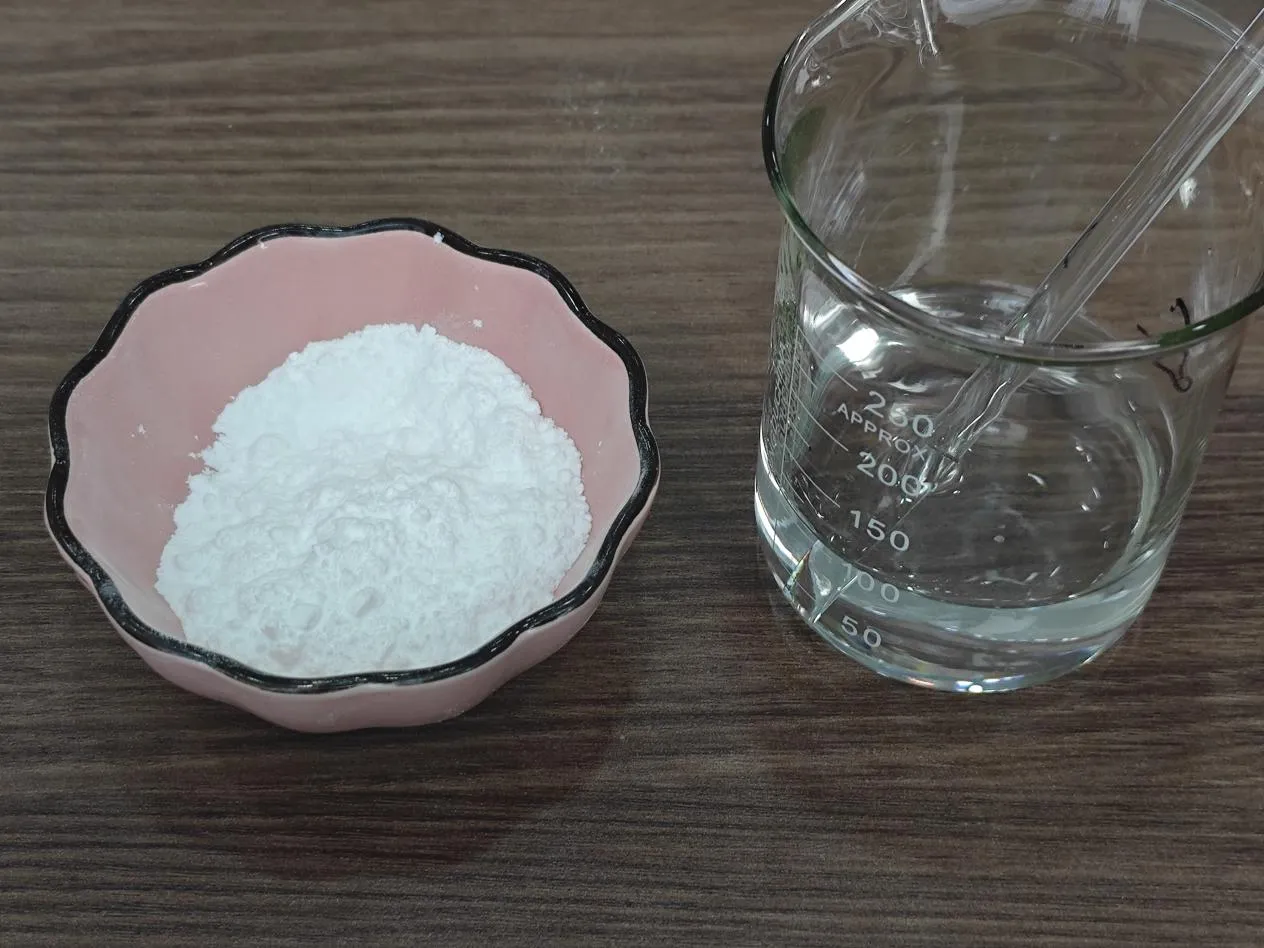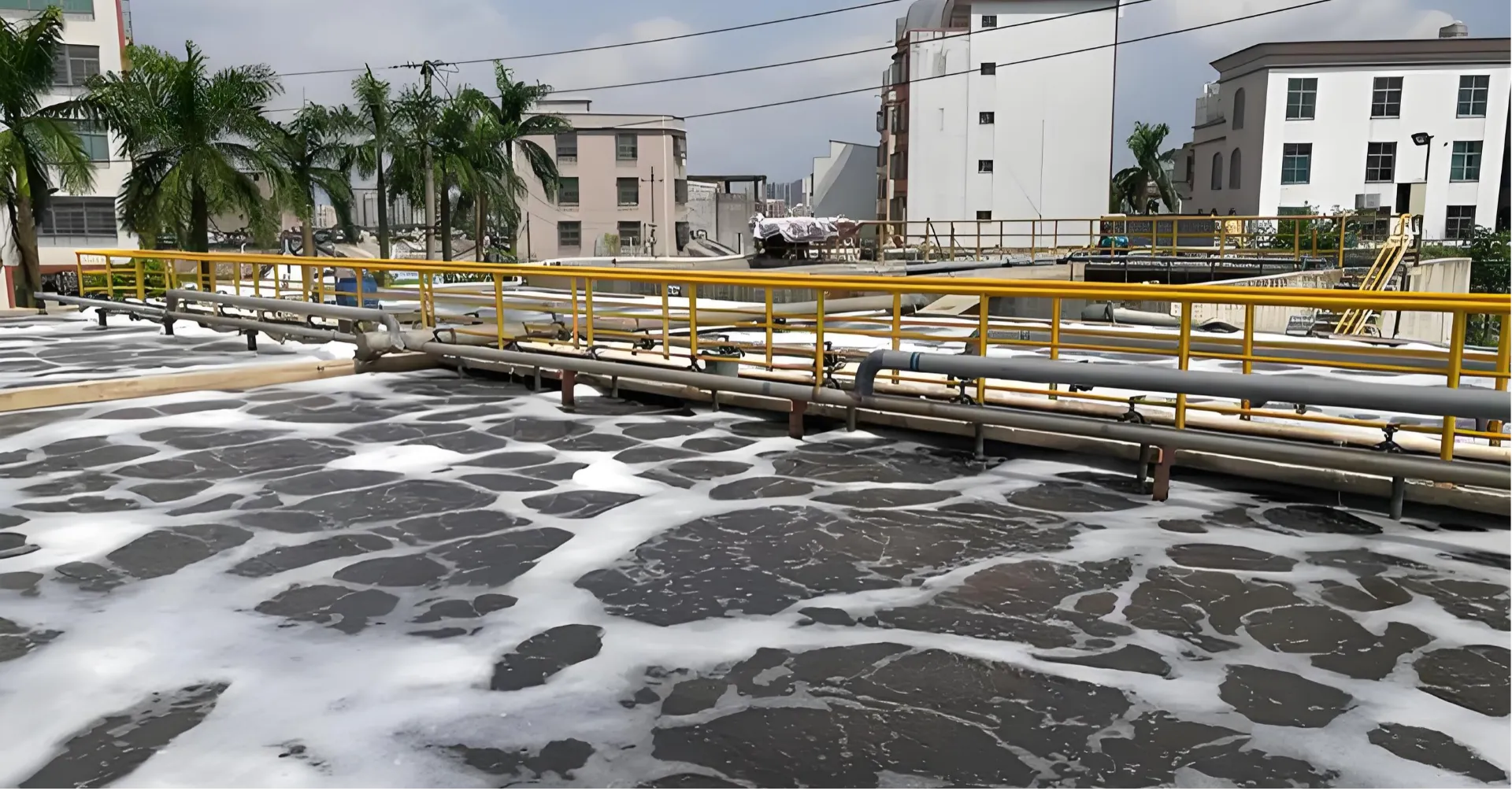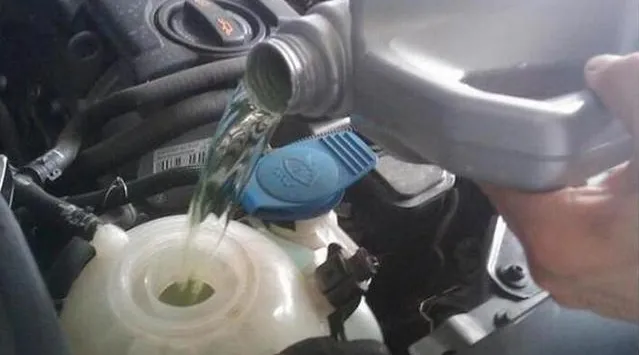
Understanding Antifoaming and Defoaming Agents: Types, Uses, and Applications
Foam generation is a common issue across various industries, from food production and pharmaceuticals to chemical processing and wastewater treatment. Foam can lead to reduced efficiency, lower product quality, and potential equipment damage. To combat this, industries rely on antifoam and defoamer solutions. This article explores the types of antifoaming agents, their applications, and offers practical ví dụ về chất chống tạo bọt used worldwide.

Types of Antifoaming Agents: From Synthetic to Natural
Antifoaming agents, also known as defoamers, are chemical additives that prevent the formation of foam or eliminate existing foam in industrial processes. There are several types of antifoaming agents, each designed to function in specific environments.

The main categories include:
Silicone-based antifoaming agents: Highly effective and widely used due to their low surface tension and stability. They are suitable for both aqueous and non-aqueous systems.
Oil-based antifoaming agents: Made from mineral oils or vegetable oils combined with waxes and silica. They are economical and efficient for many industrial applications.
Water-based antifoaming agents: Suitable for processes requiring easy dispersion in water, often used in food processing and paints.
Powdered antifoaming agents: Ideal for powdered products like detergents or cement.
Organic anti foaming agent: These are plant-based or biodegradable solutions designed for eco-friendly operations, gaining popularity in food, cosmetics, and environmentally sensitive industries.
Natural anti foaming agent: Derived from natural sources such as vegetable oils, waxes, or plant extracts. These are safer alternatives for food-grade or eco-conscious applications.
Each type offers distinct benefits, from high-temperature stability to food-grade safety, depending on the industry requirement.

Anti Foaming Agent Uses and Industry Applications
Các anti foaming agent uses are vast and critical in maintaining process efficiency. Foam can cause overflow, slow down production, and affect the quality of end products. Therefore, defoamers are indispensable in:
- Food and beverage manufacturing: During processes like fermentation, frying, or bottling, foam can hinder operations. A natural anti foaming agentis preferred in these cases to maintain food safety standards.
- Pharmaceuticals: Foam in bioreactors or chemical formulations can reduce yield and quality.
- Water treatment: Foam interferes with aeration and filtration processes. Here, defoaming agentsensure uninterrupted wastewater treatment.
- Paints and coatings: Foam affects finish quality, leading to surface defects.
- Automotive and lubricants: Antifoam additives prevent air entrapment in oils and coolants.
- Chemical manufacturing: Processes involving agitation, mixing, or heating often require robust foam control.
Choosing the right anti foaming agent depends on the nature of the process (aqueous vs. non-aqueous), temperature, and regulatory requirements.

Common Examples of Anti Foaming Agent and Defoamer
To better understand how they function, let’s look at examples of anti foaming agent used in various industries:
Silicone oils (e.g., polydimethylsiloxane): Highly effective across most industries.
Polypropylene glycol (PPG): Used in lubricants and coolants.
Fatty alcohols: Common in organic or natural anti foaming agent formulations.
Stearates (like calcium stearate): Found in powder-based applications.
Mineral oil with hydrophobic silica: A typical composition for organic anti foaming agent formulations.
Other notable ví dụ về chất chống tạo bọt include ethylene glycol and plant-derived waxes, especially in food and cosmetic applications.
The terms antifoam and defoamer are often used interchangeably. Technically, “antifoam” prevents foam formation, while “defoamer” eliminates existing foam. In practice, most commercial products serve both functions.

FAQ: Common Questions About Antifoaming and Defoaming Agents
1. What are the main types of antifoaming agents?
Answer: They include silicone-based, oil-based, water-based, powder, organic anti foaming agent, and natural anti foaming agent, each suited for different industrial applications.
2. What are typical anti foaming agent uses?
Answer: They are used in food production, pharmaceuticals, wastewater treatment, paints, lubricants, and chemical manufacturing to control foam that disrupts production or lowers product quality.

3. Can you provide examples of anti foaming agent used in food processing?
Answer: Yes, plant-based oils, fatty alcohols, and food-grade silicone are common ví dụ về chất chống tạo bọt in food manufacturing, especially in frying and fermentation.
4. What is the difference between antifoam and defoamer?
Answer: Antifoam prevents foam formation, while defoamer eliminates existing foam. However, most products function as both.

5. Are organic anti foaming agent and natural anti foaming agent safer for the environment?
Answer: Yes, they are derived from biodegradable, non-toxic sources, making them safer for both human use (especially in food or cosmetics) and the environment.
-
Hydroxypropyl Starch as a Sustainable Construction AdditiveNewsNov.24,2025
-
The Gelation Properties of CMCNewsNov.21,2025
-
Redispersible Latex Powder and Water Retention CapacityNewsNov.21,2025
-
Dosage Control for Polycarboxylate Water ReducerNewsNov.21,2025
-
Film-Forming Properties of Polyvinyl AlcoholNewsNov.21,2025
-
The Function of Gypsum Additives in MortarNewsNov.21,2025





















